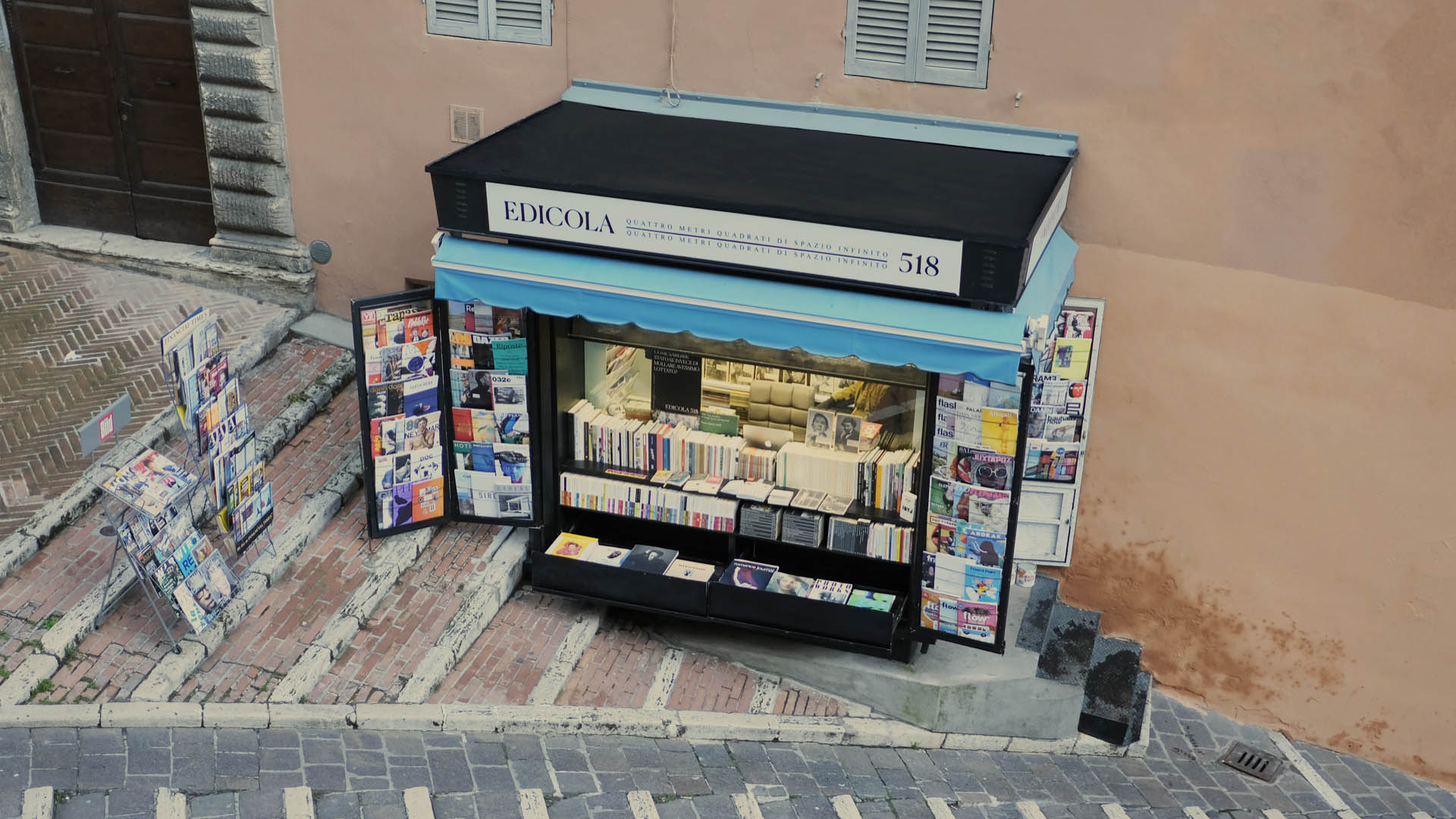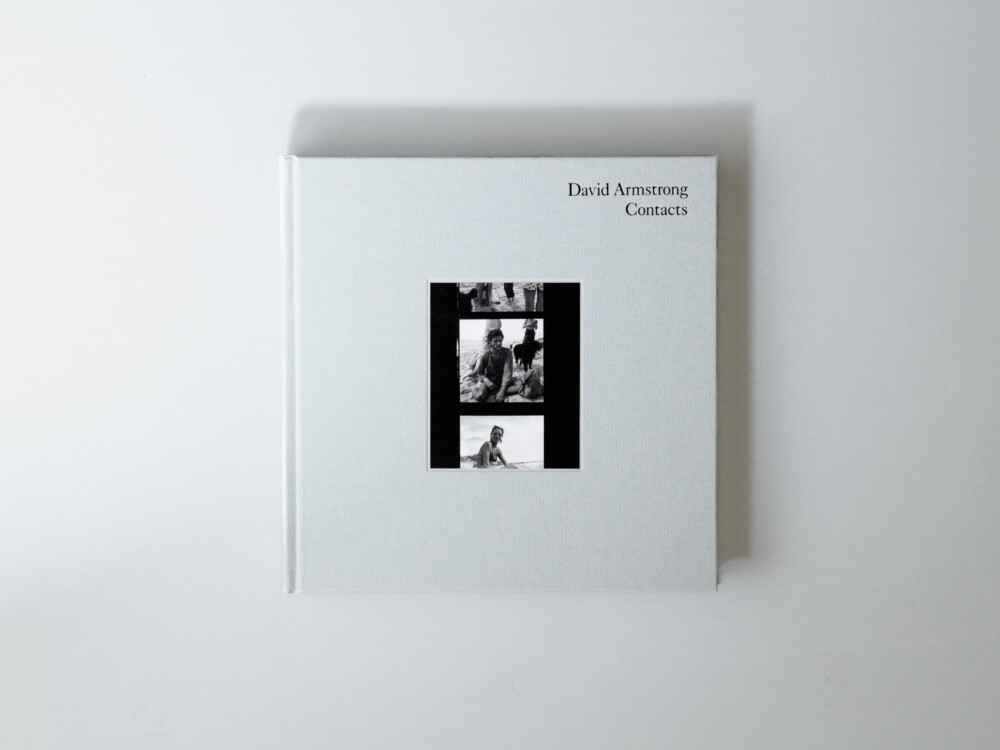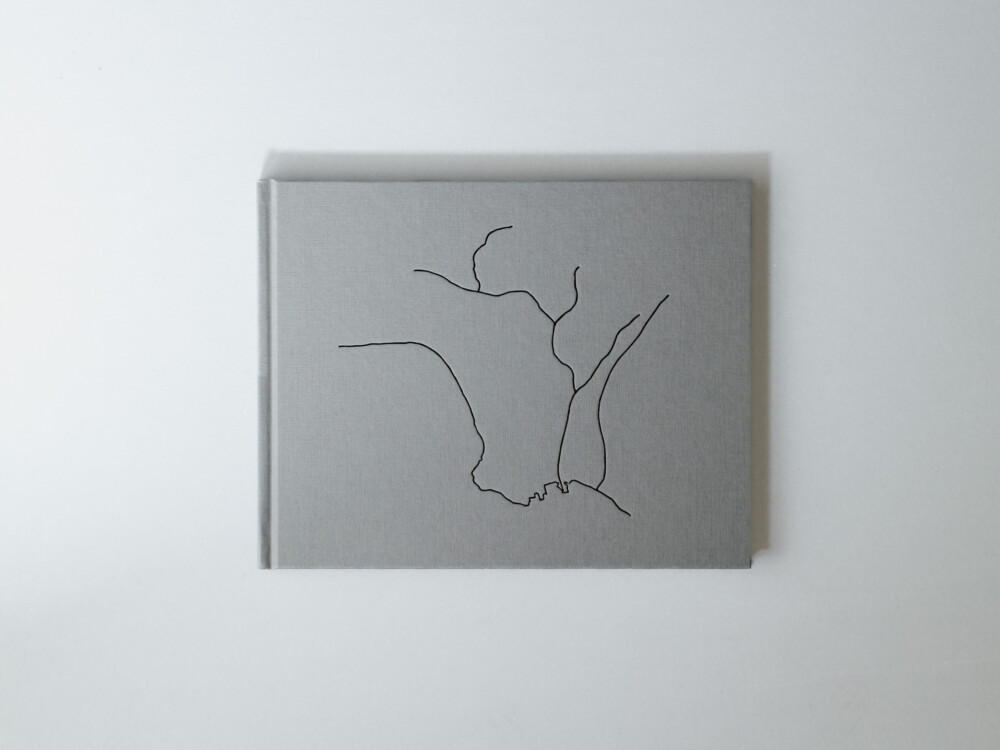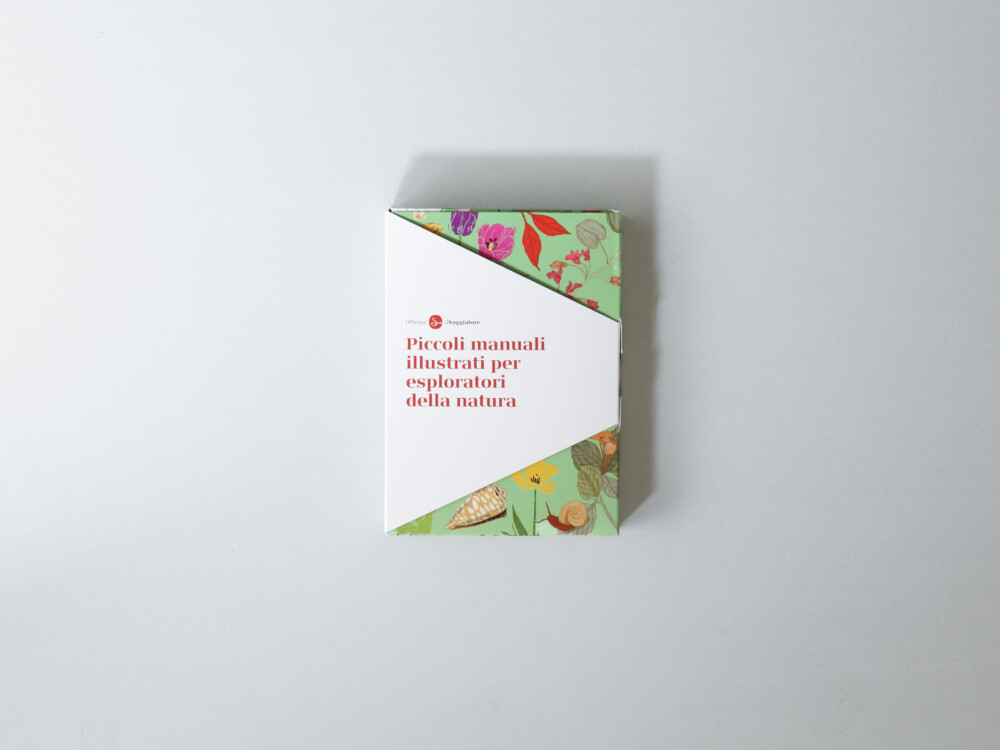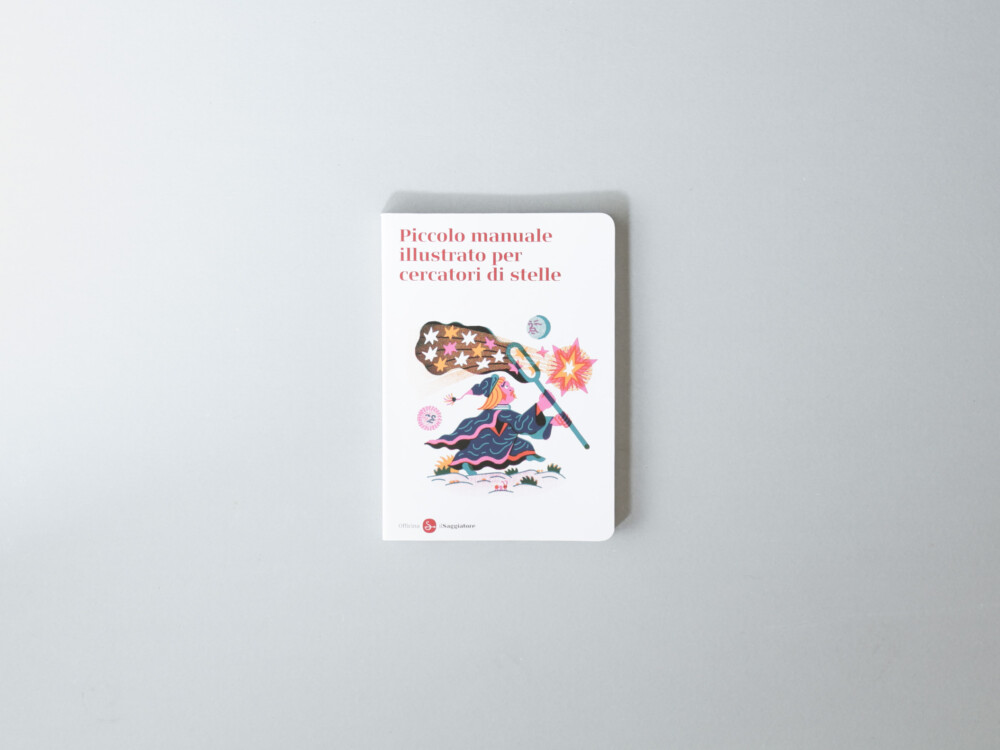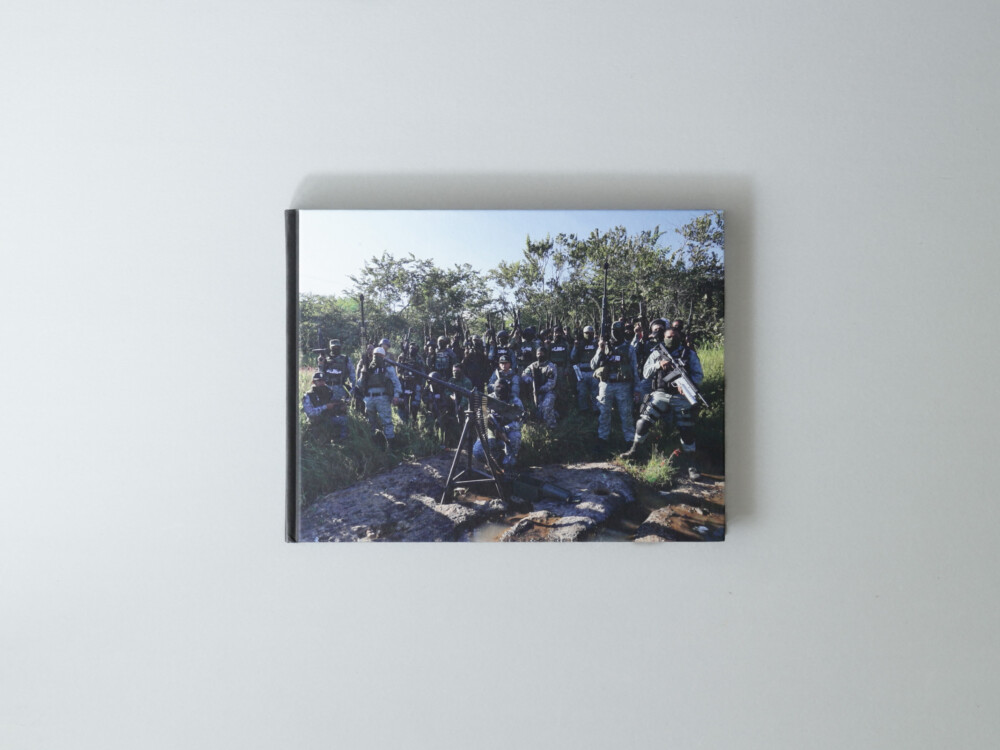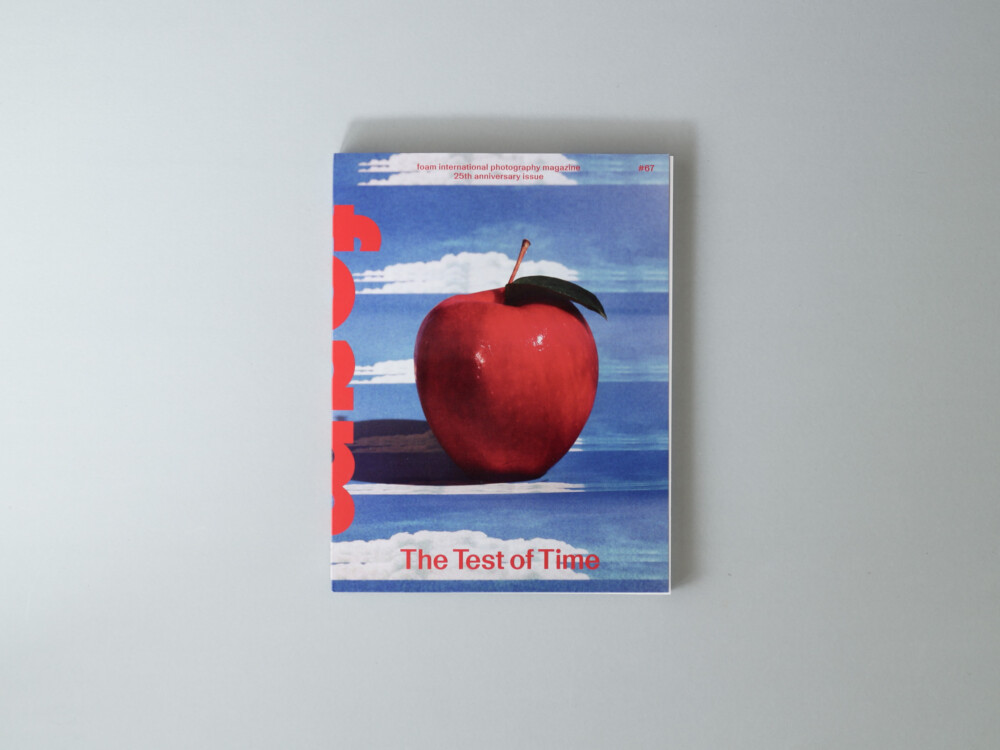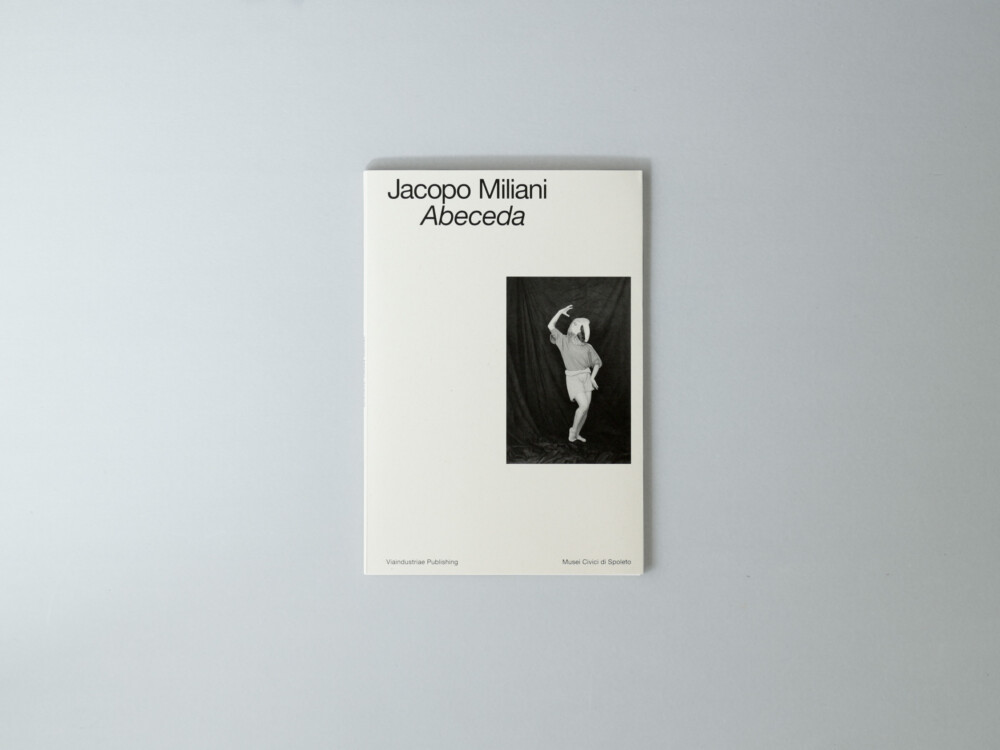There’s No Calm After the Storm
35,00€
An extreme weather event hit north-eastern Italy in October 2018. The Sirocco wind blew up to 200 kilometres per hour through the Dolomite valleys, knocking some 14 million trees to the ground. The incessant rain caused torrents to overflow, dragging logs and debris downstream. Overnight, the inhabitants of a number of mountain communities in Trentino, Veneto and Friuli-Venezia Giulia found their cellars flooded and even their houses torn apart by the winds. More than six years later, the consequences of storm Vaia are still visible and tangible. The slopes of various mountains are barren. The remaining forests have been invaded by the spruce bark beetle: a parasite that feeds on wood. Without the plants, there is no protection against landslides and avalanches. While experts and locals are rolling up their sleeves to try and bring the situation back to normal, the total economic damage has been estimated at three billion euros. Storms have always been part of the history of forests, but global warming is amplifying their intensity and frequency. With a documentary approach and in dialogue with elements of scientific and archival research, There’s no calm after the storm investigates the long-term consequences of the Vaia storm. The project aims to analyze what has happened with the necessary time to reflect on causes, consequences, and future perspectives, raising awareness about the climate emergency and the fragile balance between human action and ecosystem stability. The project was carried out in collaboration with the TESAF and DAFNAE departments of the University of Padua, received the ISPA (Italian Sustainability Photo Award) Grant in 2021, and was exhibited at the Gibellina Photo Road Festival (2023) and Fotografia Europea (2024).



